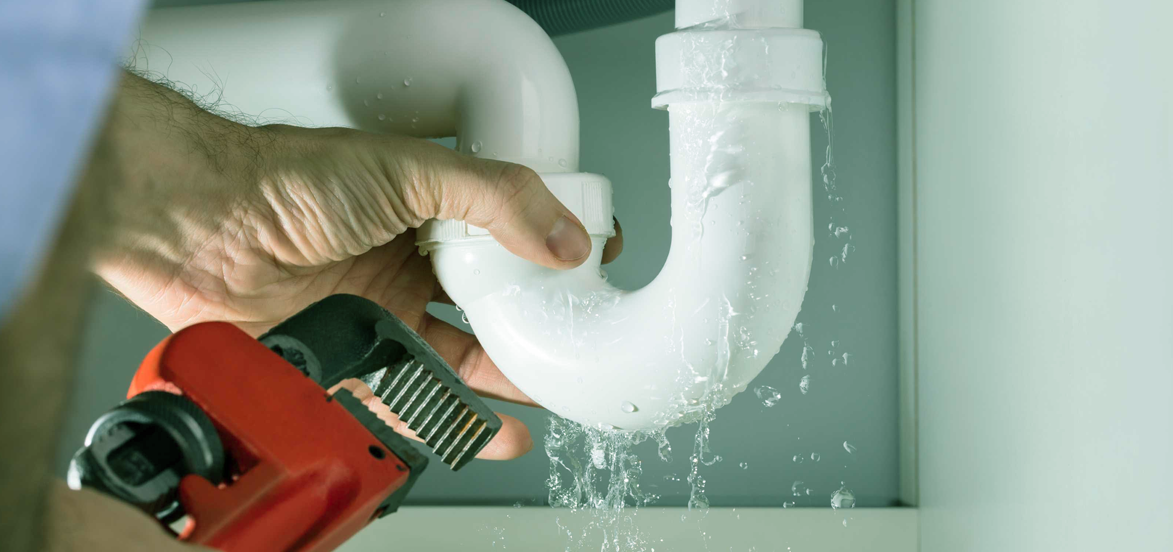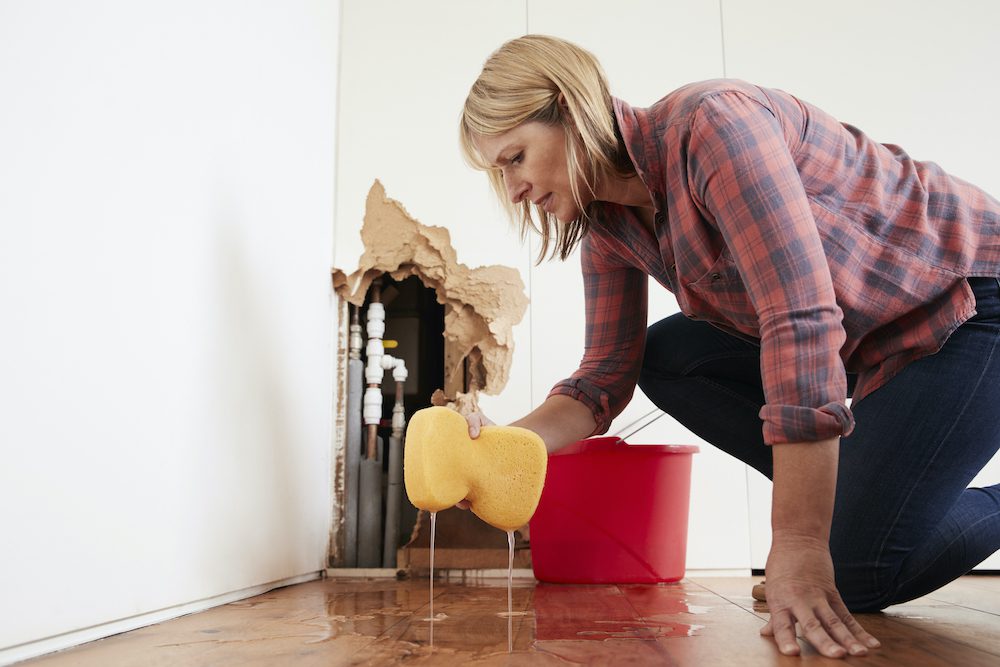What're your concepts on Detecting hidden plumbing leaks?

Early discovery of dripping water lines can mitigate a potential catastrophe. Some tiny water leakages might not be visible.
1. Take A Look At the Water Meter
Every home has a water meter. Checking it is a guaranteed way that assists you uncover leakages. For starters, shut off all the water sources. Make certain no person will purge, utilize the tap, shower, run the washing device or dishwasher. From there, most likely to the meter and watch if it will transform. Because no person is using it, there should be no motions. That shows a fast-moving leak if it moves. If you detect no modifications, wait an hour or 2 and also check back once again. This suggests you may have a sluggish leakage that can also be underground.
2. Check Water Intake
Examine your water bills and also track your water usage. As the one paying it, you should discover if there are any kind of inconsistencies. If you spot sudden changes, regardless of your consumption coinciding, it implies that you have leakages in your plumbing system. Remember, your water expense should fall under the very same range on a monthly basis. An unexpected spike in your costs indicates a fast-moving leak.
Meanwhile, a stable increase on a monthly basis, even with the exact same practices, shows you have a slow-moving leakage that's likewise slowly rising. Call a plumber to extensively check your residential property, particularly if you feel a cozy location on your flooring with piping below.
3. Do a Food Coloring Examination
When it comes to water consumption, 30% comes from commodes. Examination to see if they are running appropriately. Drop flecks of food color in the container as well as wait 10 minutes. There's a leak in between the storage tank and also bowl if the shade in some way infiltrates your bowl throughout that time without flushing.
4. Asses Exterior Lines
Don't forget to examine your outside water lines as well. Ought to water permeate out of the connection, you have a loose rubber gasket. One small leak can throw away lots of water and spike your water expense.
5. Evaluate the scenario and check
House owners need to make it a practice to examine under the sink counters and even inside closets for any kind of bad odor or mold growth. These two red flags suggest a leakage so punctual attention is needed. Doing regular inspections, even bi-annually, can save you from a significant trouble.
If you know your home is already old, keep a watchful eye on your heating systems, hoses, pipelines and so on. Check for stainings and also damaging as the majority of devices and also pipelines have a life expectancy. They will also normally wear away due to damage. If you believe dripping water lines in your plumbing system, don't wait on it to escalate. Call an expert plumber as soon as possible so you do not wind up with an awful mess in your house.
Early detection of leaking water lines can reduce a possible disaster. Some small water leakages may not be noticeable. Examining it is a surefire way that helps you find leakages. One small leakage can waste lots of water and increase your water expense.
If you presume dripping water lines in your plumbing system, don't wait for it to intensify.
How to Know If Your Home Has a Hidden Leak
Water Meter Reveals Inexplicable Water Usage
If you’d like to test whether or not there’s a leak somewhere in your home, you can do this using your water meter. Here is how to conduct the test:
Don’t use any water in your home for at least 30 minutes; this also means not turning on faucets or water-using appliances.
Go outside, and check your water meter for activity.
If your water meter shows that there was activity, even though no one was using any water, this proves that there is a leak in your home.
Visible Mold or Mildew Growth
Leaks behind walls create moist, dark environments that allow mold and mildew to grow and thrive. Eventually, you might see mold growth forming on the wall closest to a hidden leak.
If mold is growing in an area that receives a high amount of moisture, such as a bathroom, it may simply be an indication that better ventilation is needed. However, if you see mold growth on a wall or the ceiling in an area where you would not expect, you probably have a hidden leak.
Musty, Mildew Odor
Sometimes you might not be able to see the mold or mildew that is growing as a result of a leak. However, the smell can give the problem away just as easily. If you catch a whiff of something musty, there’s a good chance that old water is collecting somewhere in your home that you can’t see.
Stained/Warped Walls, Ceilings, or Floors
When your home soaks up water, a variety of red flags can become visible, including ceiling stains, bubbling drywall, warped walls, and sagging floors. While these issues can be caused by excess humidity, they can also be signs that a pipe or plumbing connection has started leaking behind your walls.
Inexplicably High Water Bill
After a while, you get a general sense for what your water bill should be. If you own a pool or sprinkler system, your bill will tend to be higher during summer. However, if you receive a water bill that seems especially high, and you can’t figure out what caused it, then you may have a hidden leak somewhere that’s increasing your bill.
https://www.plumbingjoint.com/blog/2019/july/how-to-know-if-your-home-has-a-hidden-leak/

I was made aware of that write-up about Detecting hidden plumbing leaks from a good friend on another web page. You should take the time to share this write-up if you enjoyed it. Thanks a lot for taking the time to read it.
Comments on “How to Check If Your Residence Has a Concealed Leak”